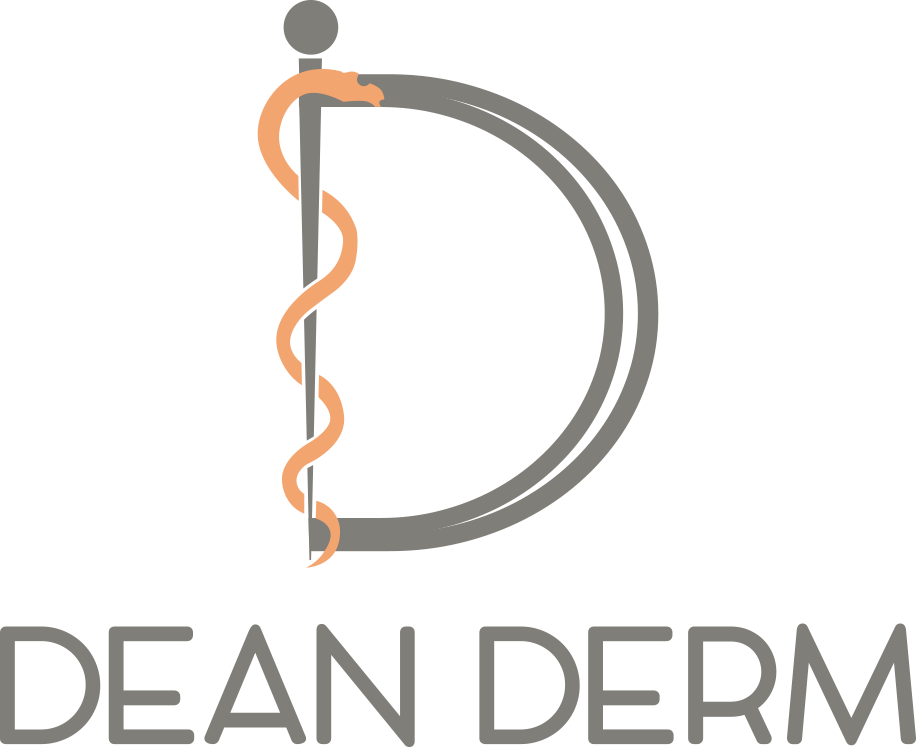 Millions of people have rosacea, but what is it? Flushing after a glass of wine, pimples or pustules on the nose or around the eyes and mouth, bumpy misshapen noses (rhinophyma) often seen in older men, are all forms of rosacea. It is a skin condition that typically starts with temporary facial flushing after provocation by a particular trigger, but over time may progress to pimples, pustules, facial telangiectasias (small blood vessels), constant facial background redness, or bumpy growths on the nose. Because rosacea can take on many different forms, many people do not recognize they have it.
Millions of people have rosacea, but what is it? Flushing after a glass of wine, pimples or pustules on the nose or around the eyes and mouth, bumpy misshapen noses (rhinophyma) often seen in older men, are all forms of rosacea. It is a skin condition that typically starts with temporary facial flushing after provocation by a particular trigger, but over time may progress to pimples, pustules, facial telangiectasias (small blood vessels), constant facial background redness, or bumpy growths on the nose. Because rosacea can take on many different forms, many people do not recognize they have it.
During my dermatology training, I was taught how to treat patients with rosacea, but until I began experiencing rosacea myself, I did not fully understand the challenges of managing this skin condition. For me, it began with years of temporary facial flushing when exposed to one of my triggers like giving a speech in front of a group or rosiness of my cheeks after drinking wine. Rosacea was not particularly bothersome to me at that stage, because as I said the flushing was temporary. However, after years of being exposed to triggers, it progressed to telangiectasias (small blood vessels) on my nose and rosacea flares that consisted not only of the background redness but also tender, inflammatory pimples and pustules on the central part of the face like the nose and chin. The heat produced by the redness in the skin and the difficulty disguising the pimples, which sit right in the middle of the face, can be especially bothersome. My own personal experience with rosacea, combined with the knowledge acquired during my training, and the experience gained over the past five years of private practice have given me a comprehensive understanding of how to treat patients with rosacea.
While there is no cure for rosacea, there are many ways to treat it. The best treatment depends on the type of rosacea one has. If one has only temporary flushing after being exposed to their triggers, then avoidance of those triggers could theoretically halt the progression of rosacea. This is much easier said than done, which is why patients often need further management. There are wonderful medications like antibiotics with anti-inflammatory properties to calm down rosacea flares. In addition, there are many prescription washes and topical creams, which may be used during flares and for maintenance. In my experience, the closest thing to a cure for rosacea is treating the skin with BBL (Broad Band Light), which is a relatively inexpensive procedure with little to no downtime performed in our office. This procedure can improve all forms of rosacea, including telangiectasias (small blood vessels), which antibiotics and topical medications will not treat. In addition to treating rosacea, the BBL treatments treat other red and brown discolorations to even out the skin tone and make one look years younger.
If you know you have rosacea and are tired of trying to disguise the redness, pimples and blood vessels on your face, or if you think you might have rosacea, please feel free to call our office to schedule an appointment. I am happy to evaluate you and create a personalized treatment plan for you.

Recent Comments